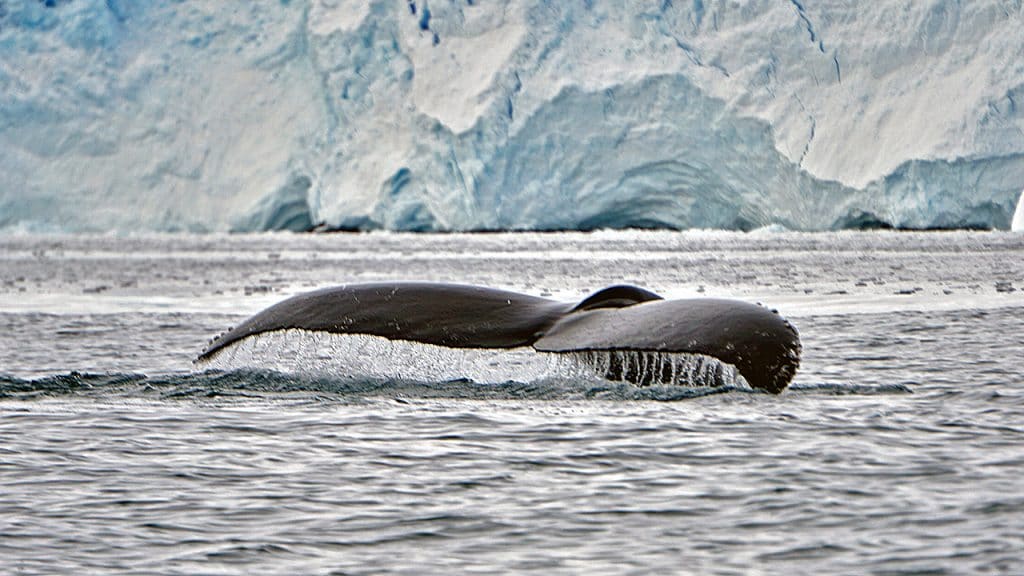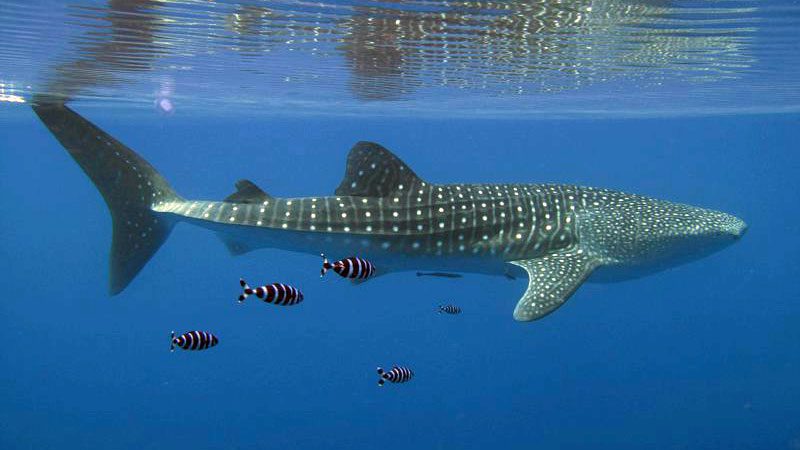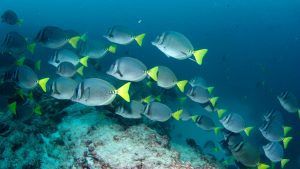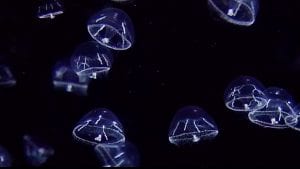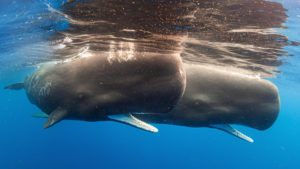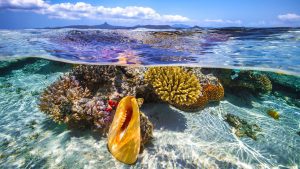For the manatee, hydration is life. But drinking underwater is not always an easy feat. In fact, for West Indian (Trichechus manatus) and African (Trichechus senegalensis) manatees, it's often a test of creativity.
These two species, unlike their Amazonian relatives, migrate between warm freshwater and tepid saltwater. They move according to the seasons, avoiding low temperatures that may kill them. So, clever hydration strategies in any environment are a must-no matter how peculiar some appear.
Generally, manatees take advantage of every freshwater source. River mouths, which stream drinkable water into marine and estuarine environments, are important underwater oases for these gentle giants. Rainwater is another source of hydration. Thanks to the buoyancy of saltwater, fresh rain collects on the surface. Manatees then swoop up and vacuum it in. Sometimes they don't wait for the rain to end. Instead, they float belly-up and open wide.
These freshwater pockets support manatees by allowing them to remain in marine and estuarine environments without having to spend time and energy migrating back to fresh water.
But neither river mouths nor wet seasons are fully reliable sources of hydration. So, they graze aquatic plants, some of which are highly concentrated with water or salt. And manatees are intuitive about what they consume. Studies have shown they actually avoid salty greens when already dehydrated-similar to how thirsty humans may go for fruit over chips. They instead snack on water-concentrated vegetation, also hydrating through it.
A West Indian manatee grazes on seagrass, an important source of freshwater. (Video courtesy of The Ocean Agency)
Physiology also plays a role. Like many other organisms, manatees can produce water through the metabolic breakdown of food. In other words, their bodies' chemical reactions during digestion release H2O as a byproduct. This is the well-oiled machine of an age-old animal's body-they can hydrate without even drinking.
And if a manatee is down on its luck, with no freshwater sources or water-concentrated foods, its unique physiology can keep it going a while longer. Though not routine, manatees' kidneys can concentrate salt to the extent that their urine is saltier than the water around them. This is helpful when a manatee accidentally ingests saltwater, or when osmosis causes salt to seep into their skin. To exist in saline waters is to become saline oneself. That's why the ability to minimize blood salt levels is an essential backup plan: it maintains homeostasis as well as possible, even when no freshwater is available.
If manatees strive for anything in life, it's balance. While these "sea cows" are crafty in finding water, they must do so in moderation. Because sodium and chloride, though unhealthy in high concentrations, are still vital electrolytes for numerous bodily functions.
LEARN MORE
Marine Mammals
Marine mammals are warm-blooded vertebrates that bear live young and nourish them with milk as land mammals...
Ocean Life
Incredible diversity exists in the ocean, from microscopic organisms to the largest animals on Earth.
Natural History Museum. Manatees: What is a sea cow?
University of Central Florida. Do manatees need to drink fresh water?
Treehugger. Do Manatees Get Thirsty?
Conservation Physiology. Water, water everywhere! Any to drink?
Marine Ecology Progress Series. An isotopic assessment of the feeding habits of free-ranging manatees
Animal Diversity Web. Sirenia: dugongs, manatees, and sea cows
Journal of Experimental Biology. Osmoregulation in Marine Mammals

